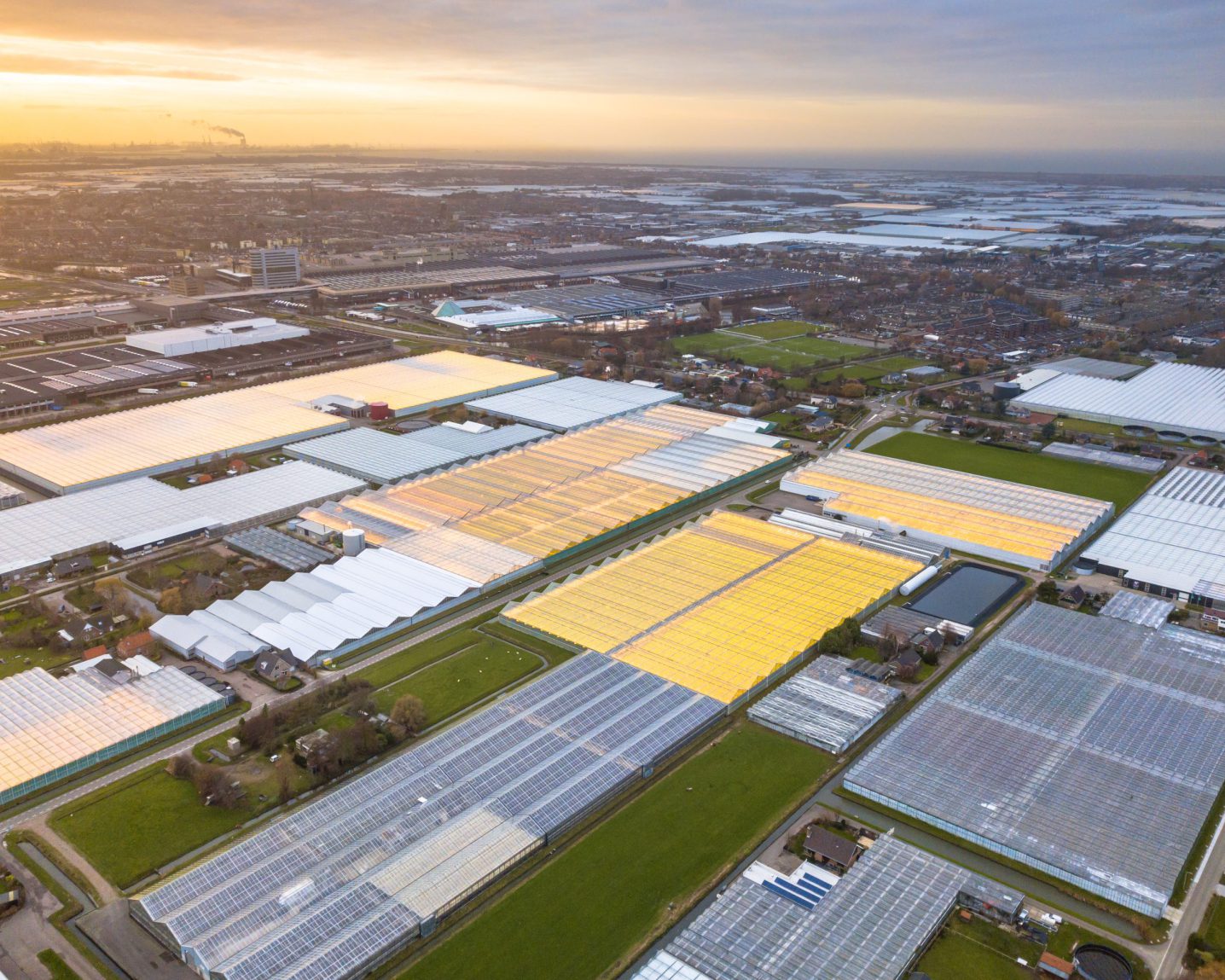Dispatch modelling: optimizing energy production and storage
Optimizing supply and demand in volatile markets with flexible production and storage capacity increases the affordability of renewable energy. Rebel develops dispatch models to support optimization problems in energy systems for district heating and industry. This supports sourcing strategies and investment decisions for municipalities, district heating companies, developers, and industry.

Challenge
Investing in highly volatile markets is challenging. Flexible production capacity, using different sources and storage capacity can be crucial to the feasibility and affordability of renewable energy.
The open-source optimization tool, Linny-R, can take into account asset usage over a period of time. Elements like start-up costs, the (un)loading times of heat storage, minimum load, and start-up costs can thus be taken into account in our models.
The approach
We employ Linny-R to model heat systems, ranging from the usage of heat production for individual companies to the modelling of entire district heating systems. We can define dispatch strategies and assess profitability across different heat sources and storage combinations. Our expertise spans from quick sanity checks to intricate models, exploring diverse setups and various scenarios.
In our projects, we help the client to make a dispatch model of their energy system. This model is mostly applicable for analysis of added value in the long term. Using solely the optimization software, we can calculate the marginal costs of the various assets being deployed. We can couple this dispatch model with an Excel model or Python model to incorporate capital expenditures into the decision-making and perform a wide range of scenarios if it is necessary for the specific project.
Impact
With our dispatch models, we support organisations in sourcing strategies and optimization problems in energy systems for district heating and industry.


